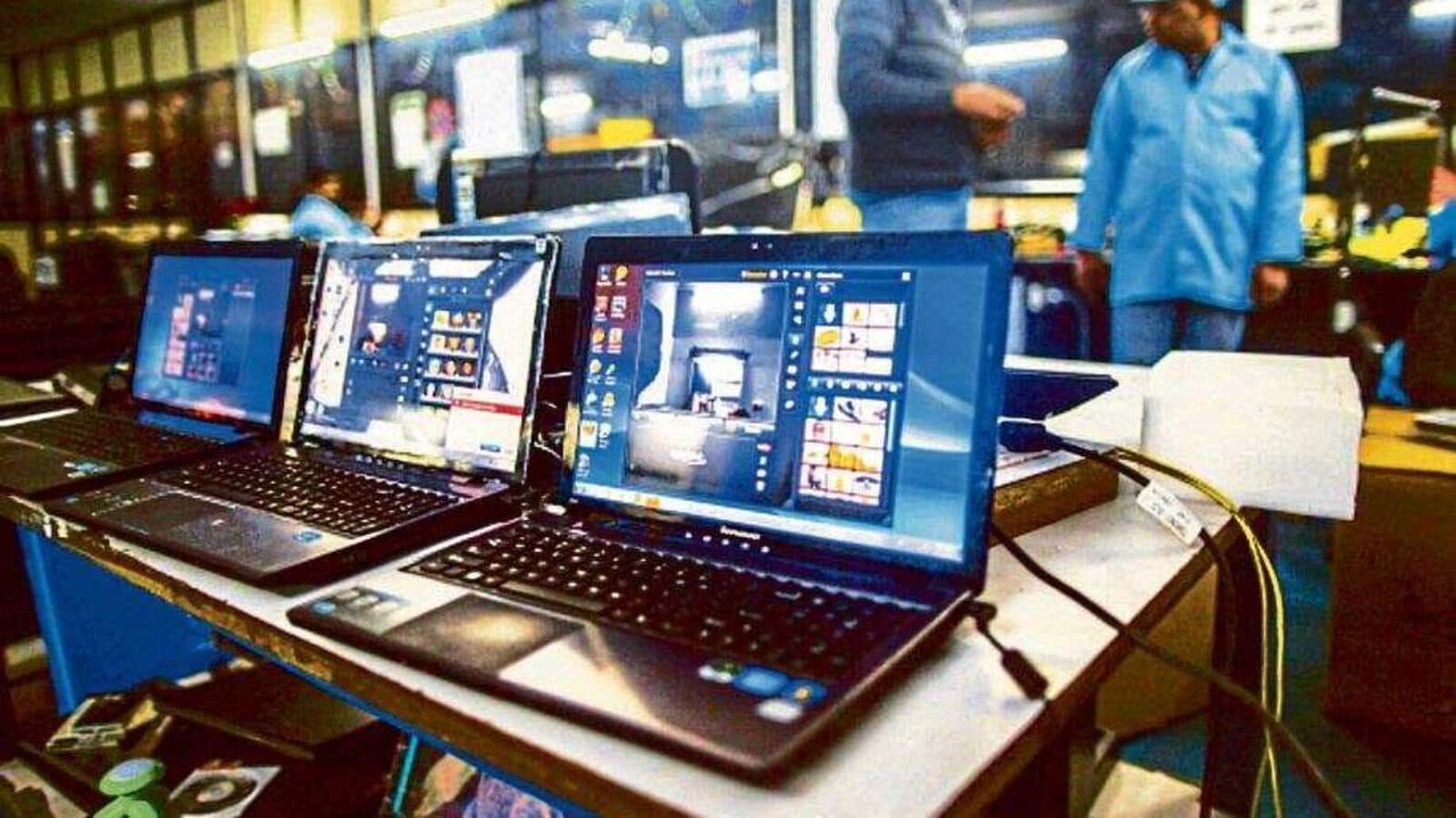New Delhi: Tablets are poised for record sales in 2024 in India as demand rebounds after a year of steep contraction.
Parents buying affordable computing devices for children, large-scale orders from state governments and the return of procurement by the edtech sector are driving demand in 2024, according to industry stakeholders and analysts.
Sales of tablets soared 2.3 times year-on-year in the quarter ended June to clock 1.84 million units, according to an analysis note published by market researcher International Data Corp. (IDC) India on Thursday.
Also read | After a two-year lull, businesses are warming up to laptops and PCs
The covid-19 pandemic created a huge demand, leading to a 56% surge in tablet sales in 2021, and 24% growth in 2022 to an all-time high of 5.3 million units, data shared by IDC India with Mint revealed. This was driven by the need for remote work and education devices—while offices opted for laptops, tablet brands catered to education needs especially in the rural sectors.
“In 2022, we sold 2.3 million tablets driven by government contracts to cater to rural classrooms in the education sector,” Harish Kohli, president and managing director of Taiwanese electronics brand Acer’s India business had told Mint in an interview earlier. “”This was largely fuelled by the need for a sub- ₹15,000 smart device, and laptops were too expensive to cater to it.”
But 2023 was a dismal year as anticipation of the 2024 general election, coupled with edtech uncertainty led by Byju’s troubles, saw very few commercial tablet contracts being executed. As a result, annual sales shrunk nearly 25% last year.
Demand recovered this year as orders from states and the edtech sector returned. The consensus of four analysts polled by Mint is that tablet sales will be around 5.8-6 million units this calendar year—a growth of nearly 50% over the previous year. With analysts pegging the average selling price of tablets across the market at around $175 ( ₹14,700), the tablet market is likely to hit an all-time high in sales volumes and revenue, which is expected to top $1 billion for the first time.
“Parents are starting to realize that the need for a smart device is inevitable for their children’s education right now,” said Bharath Shenoy, research manager at IDC India. “A tablet is the perfect middle-ground in many ways since they are largely affordable, have larger displays, and can be purchased without a SIM altogether.”
For enterprises, he said, tablets represent a key resource in strategic divisions, and with artificial intelligence (AI) and the likes coming up, they are becoming inevitable, he said.
Menka Kumari, an analyst at fellow market researcher CMR’s Industry Intelligence Group, also attributed rising demand to “the widespread adoption of 5G, the rise of remote work and online learning, and an increasing demand for larger-screen devices.”
Also read | Why tablets failed to do what they promised—kill basic laptops
In the June quarter, a procurement order from the Uttar Pradesh government saw 800,000 units of tablets shipped by brands. Previously, similar demand from the Gujarat and Bihar governments provided spurts of growth to the tablet market.
“More such government procurement orders for tablets are in the pipeline, largely driven by the price factor,” a senior industry consultant who works with multiple brands said on condition of anonymity.
An average education sector tablet costs ₹7500 ($90) and is great for rural classrooms where devices need to be robust, rather than premium, he said. “In the consumer market, there is a trend towards premium devices as the average prices cross ₹20,000 ($240). Apple is the aspirational benchmark, and the base iPad is priced well enough for many to now consider it as a great entry point into the Apple ecosystem.”
Read more | Google Pixel 9 Pro XL: Can a smartphone become your AI companion?

























